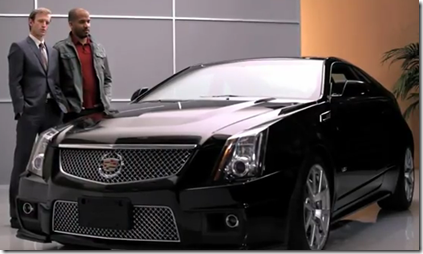Punch line: In the old days, Cadillac was the badge of excellence. Calling something the Cadillac of its category was high praise.
Well, Mickey D. wants to fill the void with the Egg McMuffin … suggesting that this breakfast sandwich is somehow synonymous with excellence.
Based on social networking indicators, the idea is getting some traction.
Gotta make you proud to be a marketer …
* * * * *
Excerpted from adweek.com, “Is This Egg McMuffin Ad the Egg McMuffin of Ads? Breakfast sandwich gets new catchphrase”
http://www.youtube.com/watch?feature=player_embedded&v=nn1IGSCp2yI#t=0s
Casting the Egg McMuffin as shorthand for excellence is about as odd as grouping it with healthy foods and casting it as a wholesome dietary choice.
But McDonald’s latest commercial for the breakfast sandwich does just that, starting with a girl telling a guy that he’s “the Egg McMuffin of boyfriends” and proceeding from there.
That phrase has caught on quickly, with the Boston Globe reporting on the adoption of the phrase in social media — used ironically or not — with something like 11,000 tweets and 1,200 Facebook mentions.
Check Twitter for various clever uses. It even made Craigslist, where a New Jersey residence was described as “the Egg McMuffin of 2 BR apts in downtown Hoboken.”
Returning to the ad, my favorite part is the Egg McMuffin of cars bit.
That’s how a friend of mine used to describe his old vehicle because it leaked oil and smelled gross.
Edit by KJM

